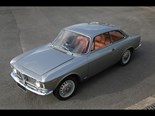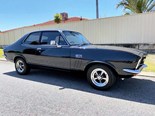Lotus Cortina review
 Lotus Cortina
Lotus Cortina

 Lotus Cortina
Lotus Cortina
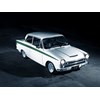
 Lotus Cortina
Lotus Cortina

 Lotus Cortina
Lotus Cortina

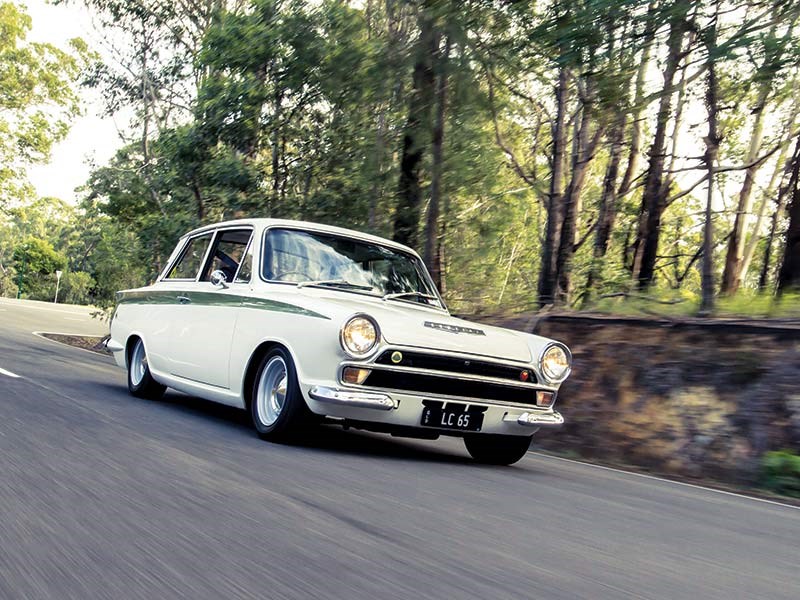 Lotus Cortina
Lotus Cortina

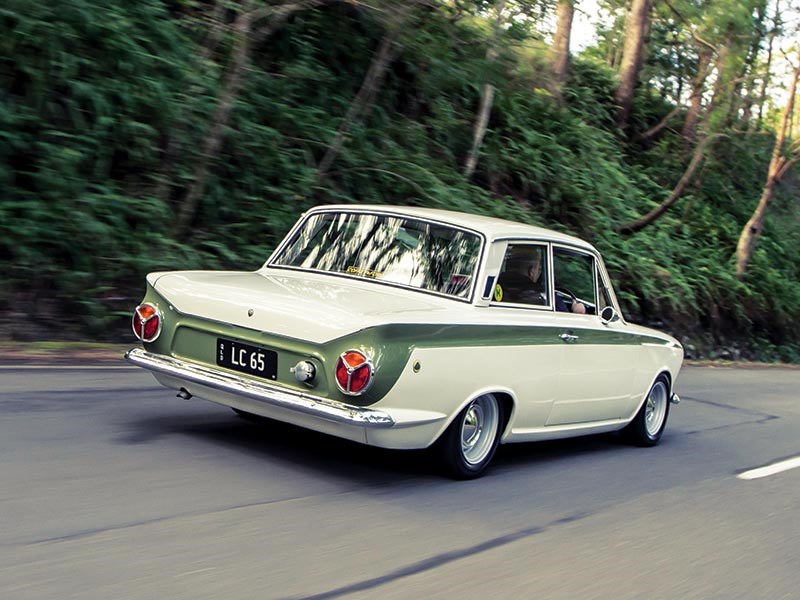 Lotus Cortina
Lotus Cortina

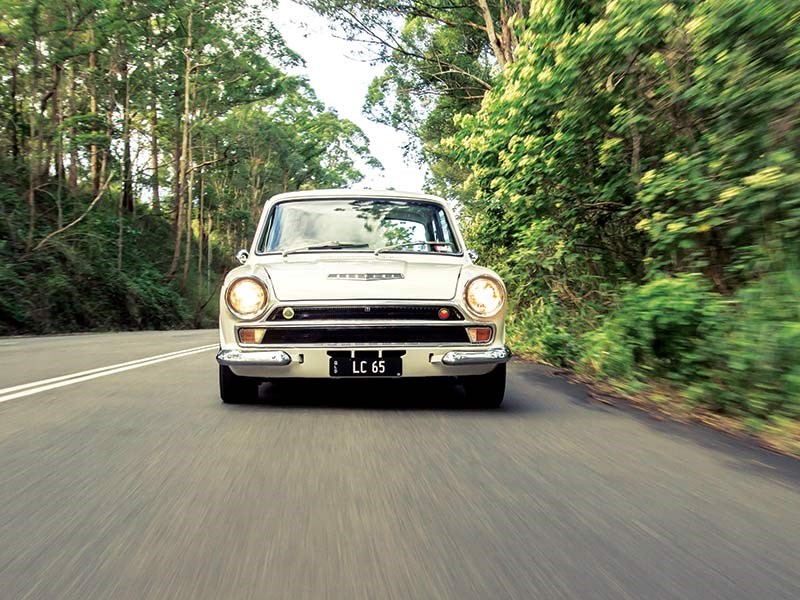 Lotus Cortina
Lotus Cortina

 Lotus Cortina
Lotus Cortina

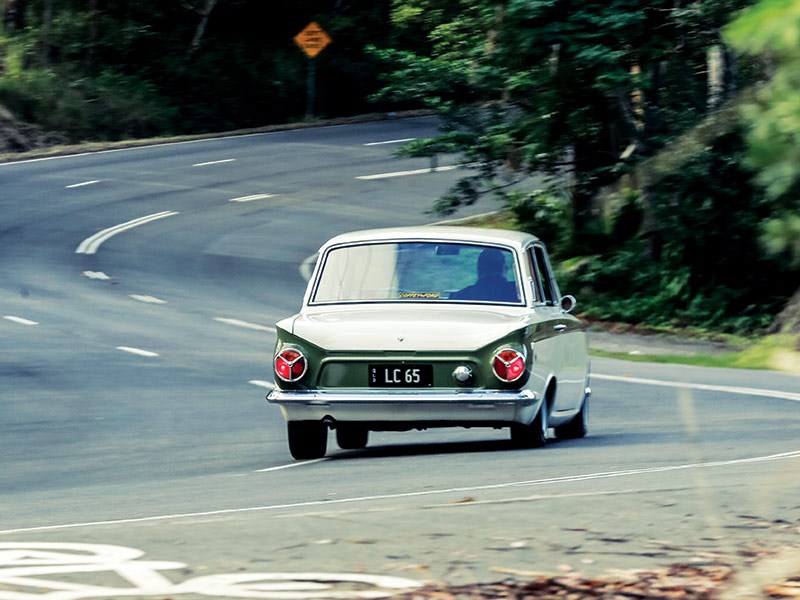 Lotus Cortina
Lotus Cortina

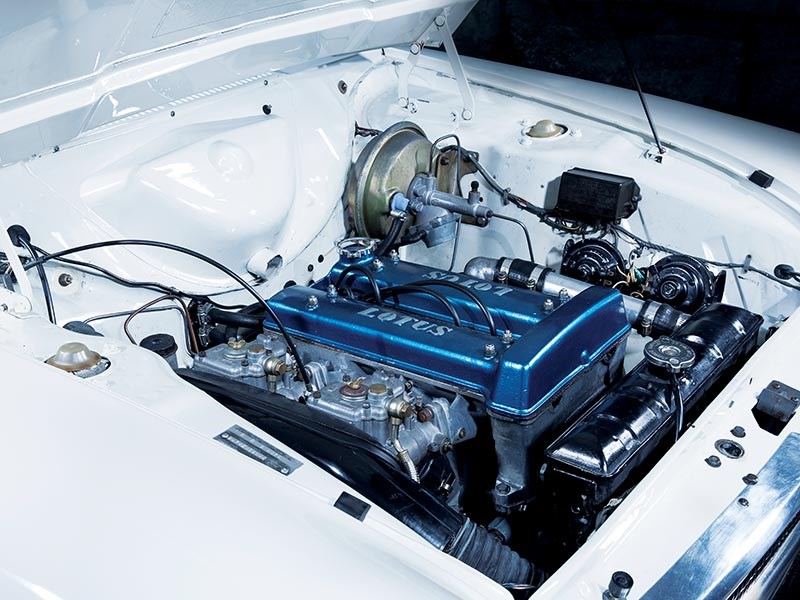 Lotus Cortina
Lotus Cortina

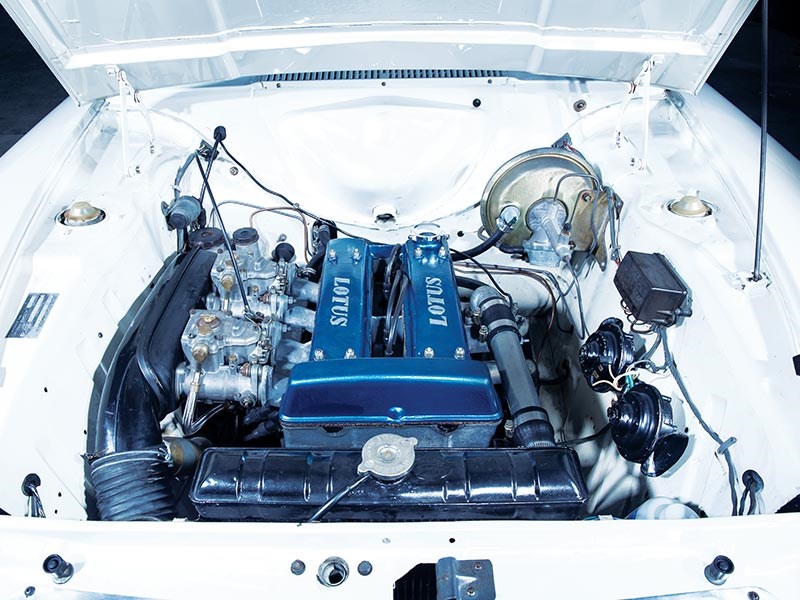 Lotus Cortina
Lotus Cortina

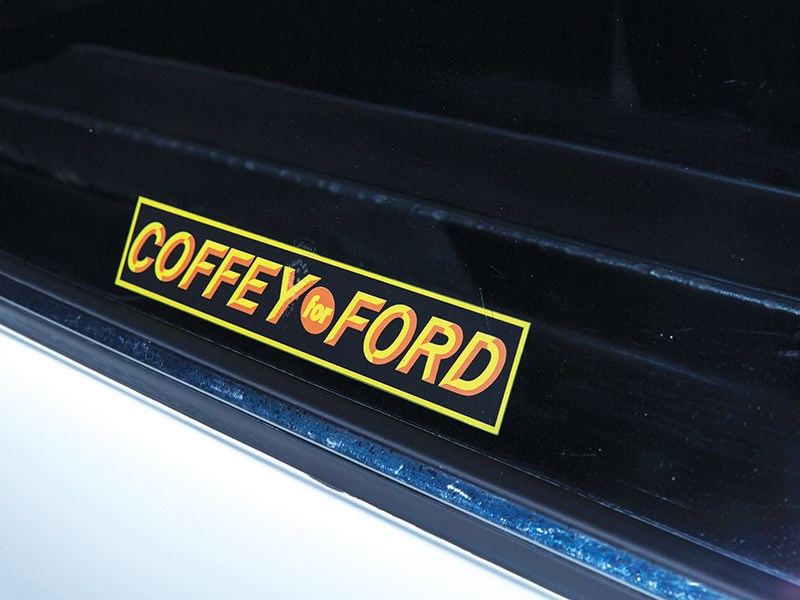 Lotus Cortina
Lotus Cortina

 Lotus Cortina
Lotus Cortina
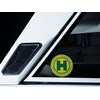
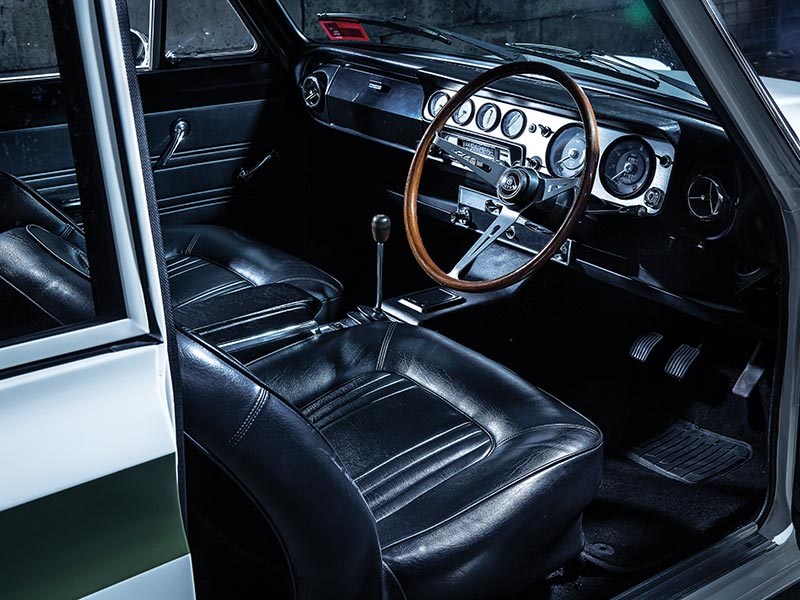 Lotus Cortina
Lotus Cortina

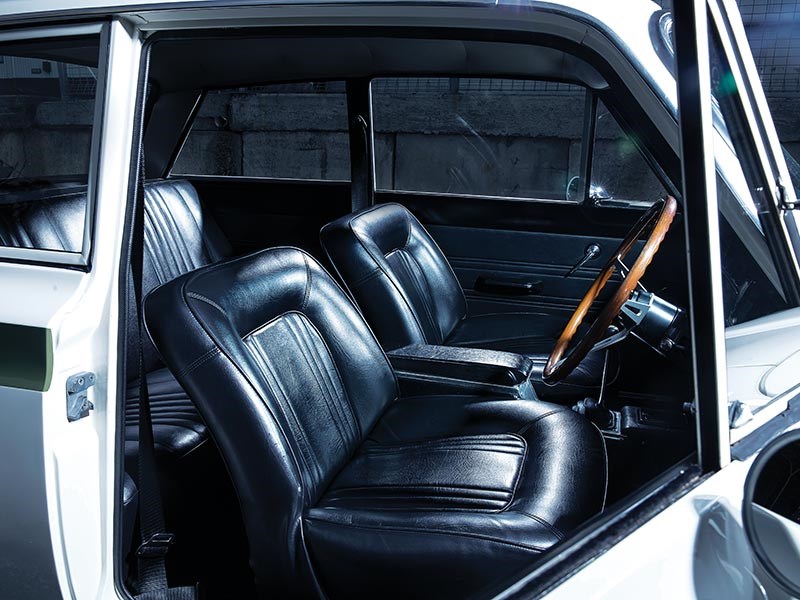 Lotus Cortina
Lotus Cortina

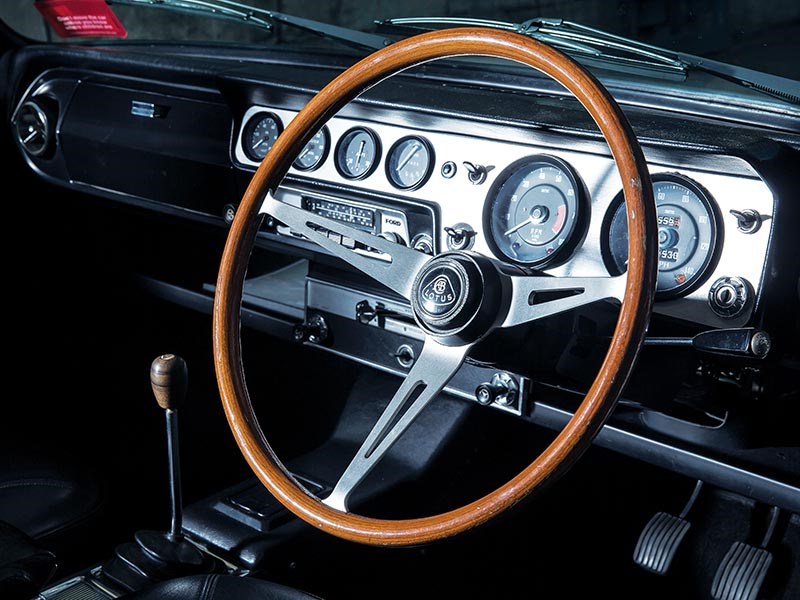 Lotus Cortina
Lotus Cortina

 Lotus Cortina
Lotus Cortina

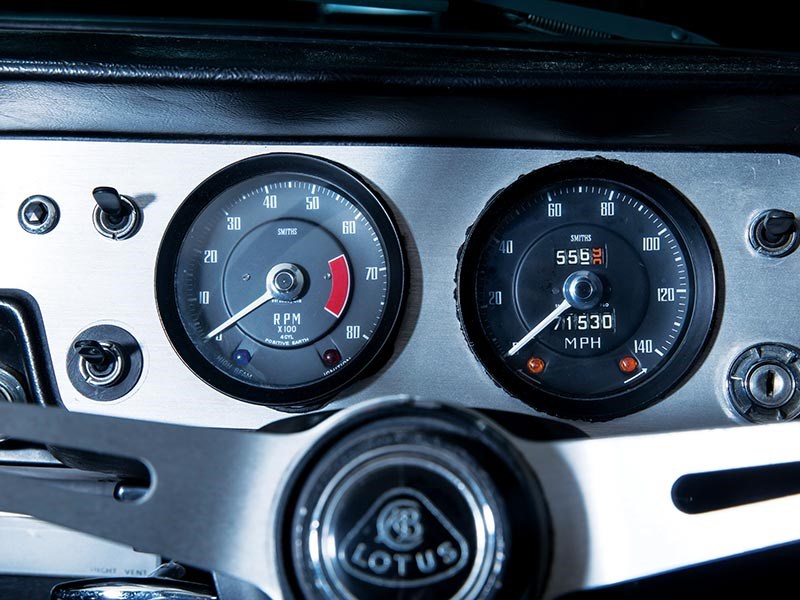 Lotus Cortina
Lotus Cortina

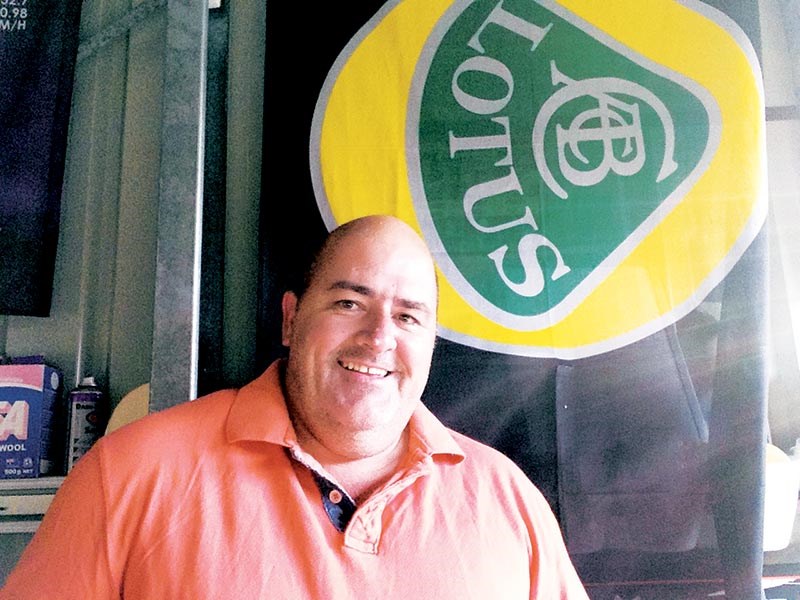 Lotus Cortina
Lotus Cortina


|
|
Lotus Cortina
|

|
|
Lotus Cortina
|

|
|
Lotus Cortina
|

|
|
Lotus Cortina
|

|
|
Lotus Cortina
|

|
|
Lotus Cortina
|

|
|
Lotus Cortina
|

|
|
Lotus Cortina
|

|
|
Lotus Cortina
|

|
|
Lotus Cortina
|

|
|
Lotus Cortina
|

|
|
Lotus Cortina
|

|
|
Lotus Cortina
|

|
|
Lotus Cortina
|

|
|
Lotus Cortina
|

|
|
Lotus Cortina
|

|
|
Lotus Cortina
|

|
|
Lotus Cortina
|

|
|
Lotus Cortina
|
When Henry II's blue oval powerhouse collaboarated with Colin Chapman's speed-tweaked genius, the result represented an automotive revolution

|
|
Lotus Cortina
|
Lotus Cortina
The Lotus Cortina was one of the first cars to embody Ford’s 1960s international marketing campaign of Total Performance. By the time the new 427ci Ford Galaxie 500s clean-swept the first five places in the 1963 Daytona 500 on 24 February 1963, the quick Cortina was in production.
Ford of Britain’s public affairs boss Walter Hayes had the brainwave and went to Colin Chapman at Lotus who he knew well. This was 1962, when the Elan was introduced with an in-house engine. Ford contributed the cast iron Kent cylinder block which was topped with an alloy twin overhead camshaft cross-flow head.
The engine was a beauty. Harry Mundy, who was also Autocar’s technical editor, designed the head. The 1499cc (116E) Kent was bored out to 1558cc to maximise the Elan’s chances in the sub-1.6 litre class. To the right (facing forward) of this unit sat a pair of horizontal double-barrel Weber 40DCOE carburettors. A rev limiter set at 6500rpm was intended to protect the standard Ford internals from disaster.
Hayes’ proposal was that 1000 Cortinas using this new engine and other special modifications would be homologated for Group 2 (modified) competition. (The imminent Cortina GT could compete in the Group 1 category for standard cars.)
The Lotus Cortina is sometimes referred to as the first fast four-cylinder Ford. It would soon have several distinguished siblings from across the Atlantic and the first of these, the Falcon Sprint, competed with some success in the Monte Carlo rally in the very month the Lotus Cortina – called ‘Ford Consul-Cortina Lotus’ by Ford and nobody else – made its debut; it even had a Consul emblem above the grille.
As early as November 1960, when then-Ford President Robert McNamara was chosen by newly-elected US President John F. Kennedy as his Secretary of Defence, the concept of Total Performance was in embryonic form. McNamara’s successor was Lee Iacocca who recognised the coming ‘Baby Boomer’ generation’s love of performance cars and racing. "We at Ford began the ’60s with a rather stodgy, non-youth image," he said later.
There was a hitch. In 1957 Detroit’s Automobile Manufacturers Association banned direct factory involvement in any form of motorsport. Iacocca and Henry Ford decided to go it alone.
In June 1962 HF II issued a short statement withdrawing his company from the Detroit carmakers’ veto of official involvement in motorsport. No longer was there any need for back door deals and the handing over of large sums of money to so-called ‘private teams’.
‘Total Performance’ was a nifty enough slogan but behind the words lay Henry Ford II’s determination to transform his company’s image through success in assorted forms of motorsport, from drag racing to the Monte Carlo Rally and Le Mans – after being unsuccessful in his bid to buy Ferrari, Henry vowed to build a Ford to outclass the premier team… and did. ‘It’s the ultimate proving ground: the competitive event.’ was one line used in a series of Total Performance television ads in 1964.
While the term was said to embrace all aspects of performance, in many early cases – especially in the US – the key tactic was to drop in a bigger engine. So the Falcon Sprint got a Fairlane V8 engine instead of the six and the Galaxies that stormed the 1963 Daytona 500 had 427 cubes rather than 406.
While there is no doubt that the (slightly) bigger Elan engine used in the Lotus Cortina is at the heart of the car’s gutsy character, there is much more to differentiate it from the standard-issue Ford. Backing the 1558cc dual overhead camshaft four is the Elan’s superbly slick-shifting four-speed gearbox. The first edition – retrospectively dubbed ‘Mark I’ – cars were assembled by Lotus using two-door Ford shells and substituting alloy doors, bonnet and bootlid. The battery was moved to the boot where stiffening braces were added over the wheel arches. The spare came out of its well and onto the boot floor.
The sparse but comfortable interior was designed with racing in mind, in stark contrast to the then-conquering Jaguar Mark II 3.8. A lovely wood and alloy wheel ahead of bespoke instrumentation set the tone.
One key aspect of design which made the Lotus Cortina different also made it more fragile. Colin Chapman had at first wanted to transplant the Elan’s independent rear suspension but had to settle for a similar arrangement to the (really light) Lotus Seven; evidently Ford of Britain executives believed that too much Elan in their new car would undermine its Ford branding. Trailing arms were attached to the front spring hangers and an A-frame went under the diff and joined the body under the rear seat. Alloy was used for the diff housing to minimise unsprung weight.
Conceived for the track this arrangement failed when the car was used on rough roads, for example in rallying. The sedan’s higher centre of gravity (despite a dramatically reduced ride height from the standard Cortina) stressed the rear panels and the A-frame put strains on the diff that led to axle failures, diff failures and oil leaks.
It was not until July 1965 (seven months after the Cortina received its full-width grille facelift, as seen in Jay Bowden’s beautiful example) that the frail rear end was swapped for a stronger leaf-sprung rear configuration as used on lesser Cortinas. In this guise the ‘Mark I’ was belatedly ready to attempt to match its racing results with similar success in rallying events.
In its four years on the market the ‘Mark I’ underwent steady evolution. This is nowhere more evident than in the transmission department.
The close-ratio Elan gearbox which worked so effectively in the lighter car – the Elan weighing 680kg to the LC’s 810kg – featured an exceedingly tall first gear which made for difficult starts. Speeds in the indirect gears were about 48mph, 70 and 90. The fact that this box was used suggests that rallying was high on the agenda but it’s remarkable that none of the brilliant Lotus engineers foresaw that the elaborate but delicate rear end would – on occasions literally – collapse under the car.
There was more Lotus and less Cortina in that earliest car than in any of the successors which became simpler but stronger. In July 1964 the alloy case and clutch housing were made optional, the one-piece propeller shaft was replaced by a two-piece and the Elan gearbox was replaced by a modified Cortina GT unit (with higher second gear) – the Lotus having preceded the GT to market. From October 1965 the Corsair 2000E gearbox was used and this unit also went into the GT and the Escort Twin Cam.
With the October 1964 facelift the Lotus seats were ditched for Cortina GT items. The new instrument panel had been designed to be easily upgraded to GT spec and no longer required a bespoke design from Lotus.
Almost 3000 of the first-shape Lotus Cortinas were produced with perhaps 1300 having the coil-sprung rear-end.
The 1966 Mark II was developed in-house by Ford at Boreham and built at Dagenham. But it still had a Lotus heart. It is interesting to compare the transition from ‘Mark I’ to Mark II with the change from the XR Falcon GT to the XT. No longer was it one colour only but a broad palette, as both hot Fords became more mainstream. Understandably, some 80 per cent of Mark II Lotus Cortina buyers opted for white with the green flash!
RACE HISTORY
Ford’S motorsport presence transformed in 1963, starting in January when a trio of Falcon Sprints debuted in the Monte Carlo Rally. No doubt gun driver Bosse (‘Bo’) Ljungfeldt was disappointed to finish 43rd outright but he did win all six special speed stages.
On September 20 that year ‘Gentleman’ Jack Sears entered a works Lotus Cortina at the Oulton Park round of the British Saloon Car Championship, where he finished third outright behind a pair of Galaxies. That was enough for a class win, and the similar car of Trevor Taylor came second in class.
For the 1964 season the Alan Mann cars were almost invariably faster than those prepared by Lotus. Mann lobbied hard for the rear suspension change but it didn’t become available until the following year.
Teams of works Lotus and Alan Mann Racing Lotus Cortinas also competed in the US with the best result being Jim Clark’s class win in the 1965 Sebring 300. The red and gold Alan Mann cars were at work cleaning up in Europe with Sir John Whitmore winning the 1965 European Championship.
That car is almost certainly the most original 1960s racer still in existence and recently sold by Bonhams at the Goodwood Festival of Speed for £139,500.
In Australia Jim McKeown put his Lotus Cortina on pole for the 1964 ATCC at Lakeside. It was probably one of the fastest example in the world.
The Lotus Cortina’s international rallying career was dependent on the rear suspension change and blossomed in 1965’s Welsh Rally, won by Roger Clark and Graham Robson. There were also the Acropolis and RAC victories from Bengt Söderström, and three second places in 1966.
For 1967 the Mark II shone briefly before the Escort Twin Cam took over.
IT'S MINE
"I always wanted a Lotus Cortina. After seven or eight years looking I’d just about given up because I couldn’t find one that suited my purposes.
I’ve got a collection of Mark I Cortinas. About two years ago I won a Deluxe on eBay and happened to mention to the seller that I was after a Lotus and he said I know where you might find one. When I turned up to collect the Deluxe there was this Lotus Cortina, it was his father’s car and I did a deal and bought both.
I have quite a lot of history on the car, which was sold new by Coffey’s in Melbourne on special order. I think Geoghegans in Sydney also sold them.
My car spent its early years racing. Norm Watts, the first owner, never entered a round of the Australian Touring Car Championship but he did compete against Jim McKeown.
It was repainted in 1999 and the front seats have been retrimmed but otherwise it’s original. The engine has been bored out and puts out about 150hp – quite enough to keep pace with the traffic.
Sell it? I’ll get buried with it."
SPECIFICATIONS
1963 Lotus Cortina
Engine: 1558cc inline-4, DOHC, 8v, 2 x Weber carbs
Power: 78kW@5500rpm
Torque: 146Nm@5500rpm
Weight: 810kg
Gearbox: 4-speed manual
Brakes: Discs (f) /drums (r)
Top speed: 174km/h
Value: $48,000 (Cond 2)
*****
More reviews:
Search used:
Unique Cars magazine Value Guides
Sell your car for free right here
Get your monthly fix of news, reviews and stories on the greatest cars and minds in the automotive world.
Subscribe

.jpg)








